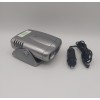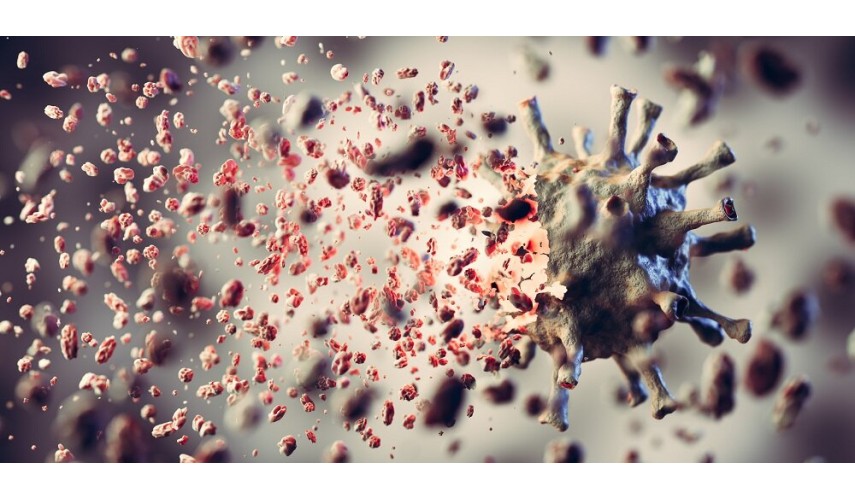A group of scientific doctors have carried out and published their research on the effectiveness of ozone to eliminate viruses and the effectiveness of household ozone generators for this purpose in an economical, practical, available and less cumbersome and expensive way than other disinfection systems in the middle. of the coronavirus pandemic. They make it very clear that said effectiveness will depend on the correct use of ozone gas when it is used in the presence of people, animals or plants at high concentration levels. Likewise, they have carried out experiments to disinfect within a container, with ozone gas, N95 masks, nitrile gloves, clothing, mail and small packages, food, among other objects.
According to this research work, ozone is an extremely effective germicide against viruses and bacteria. It works to destroy virus particles through oxidation, as depicted in these images:


Virus particles, unlike many other microorganisms, cannot repair oxidative damage and are therefore expected to be more susceptible to oxidative antimicrobial action than, for example, fungi or bacteria or protozoa, or any eukaryotic organism . A member of the Coronaviridae family, SARS-CoV-2 (responsible for COVID-19) is an enveloped virus that makes it particularly susceptible to destruction by disinfectants, including ozone. For enveloped viruses, ozone readily oxidizes the viral envelope, modifies its structure, or destroys it and renders it inactive. Other families of viruses are destroyed by direct ozone damage to capsid proteins and nucleic acids.
Once again, they affirm that ozone is toxic at high levels, it should be used perfectly in patients with respiratory problems since "exposure to high levels of ozone gas can worsen their conditions". The opposite happens when it is used at a domestic level since these generators produce the amount of ozone suitable for any living being and are very effective when deodorizing houses, cars, hotels, water, air and the interior of other places.
When it comes to disinfecting gloves, latex and other natural rubber products are some of the materials most susceptible to ozone degradation. For this, they previously conducted experiments with non-lubricated latex condoms exposed to an ozone concentration of approximately 0.3 ppm, of which they obtained as a first hypothesis that thin and unprotected latex materials can be effectively sterilized 3 times using the lowest dose. of the two ozone ones suggested in this document or once at the highest dose without unacceptable performance degradation.
With respect to mask disinfection, the non-woven polypropylene material, the same as used in an N95, was exposed using the ozone chamber described in this document at ozone concentrations of 10 and 20 ppm, for durations of 10, 20 and 60 minutes.

Microscopic examination revealed no visible damage to the fibers and a forced flow filtration efficiency experiment conclusively demonstrated that after these exposures there was no loss of filtration efficiency or signs of filter material degradation, per the NIOSH specification for mask material N95. In other words, the objects that we are currently using the most, such as gloves and N95 masks, can be disinfected by a person at home, with their ozone generator for domestic use and with the appropriate concentrations.
In the original text, they remind readers that ozone is produced naturally by lightning, electrical sparks, and does not produce persistent environmental toxic pollutants. To read the original document in English and Spanish, click HERE. You will find it more detailed with images, graphs, comparisons and interesting results.

Anny Rodríguez Donado. Licenciada en Periodismo. Redactora
➤ Consulte su problema ☎ 911 419 647







